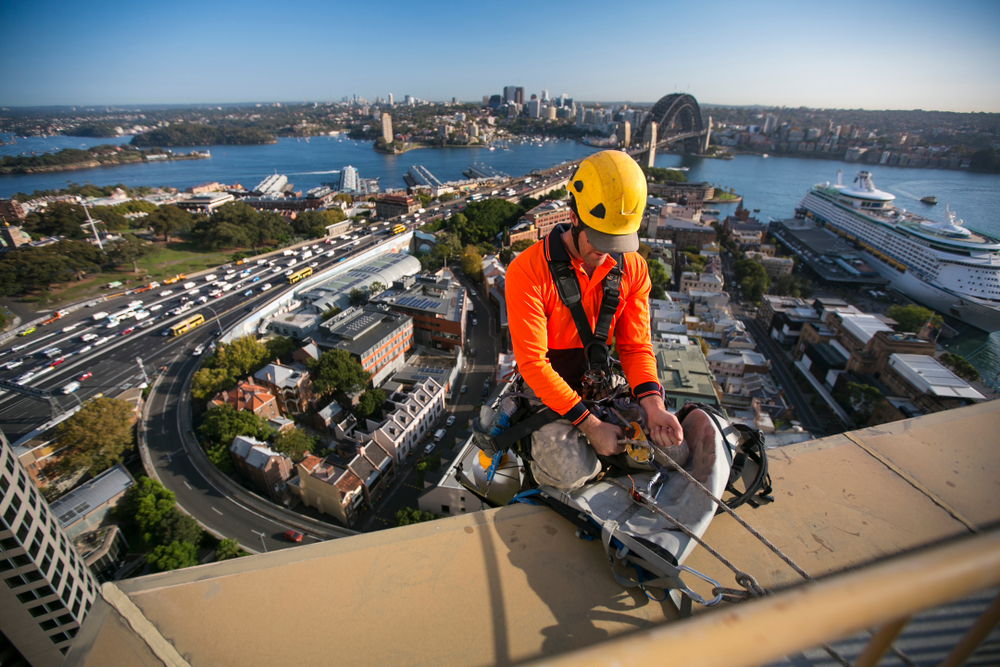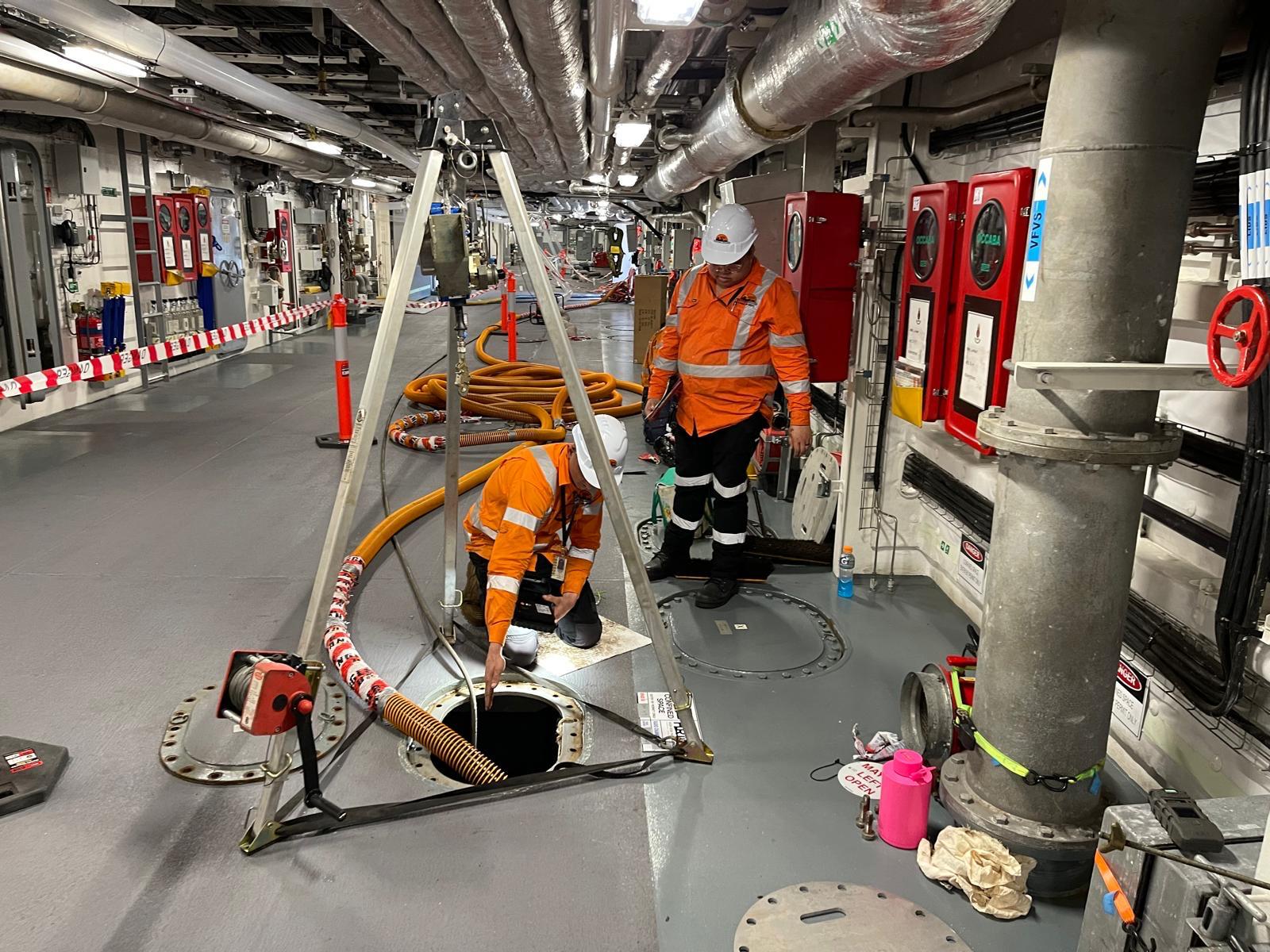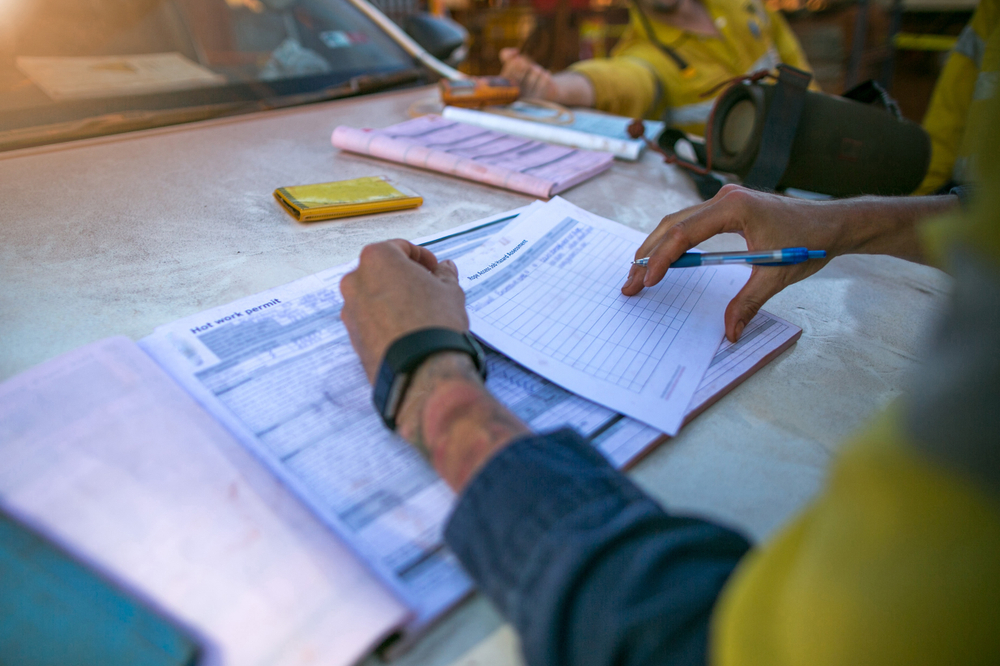Get A Free Quote
1300 007 782
Call Us On:
1300 007 782G10/RMS Accredited
Competitive Rates
ZERO Accidents or Injuries
25+ years combined experience
50+ years combined experience
Competitive Rates
G10/RMS Accredited
ISO Certified

Construction and industrial sites are complex, busy, and dynamic environments where adherence to safety and legal regulations is of the highest importance. If you’re a person conducting a business or undertaking (PCBU), you’re legally responsible for ensuring the health and safety of workers in your industrial environment.
Unfortunately, the construction sector is also widely recognised as one of Australia’s riskiest, despite its benefits for the country. Each year, approximately 30 people are killed in the industry, with falls from heights and contact with electricity the biggest dangers. One of the many challenges involved with being a PCBU in this industry is managing construction site risks.
Before you can address risks on your own construction or industrial site, it helps to understand the difference between risk and hazard. A hazard is a potential source of harm on your worksite; a risk is the likelihood that the hazard will cause harm. Typical construction hazards such as wiring, chemicals, dust and heights can lead to serious injuries or death if left unchecked.
Preventing industrial and construction site risks involves taking a detailed, professional approach with measures such as hazard identification, personal protective equipment (PPE), and training. Yet, there are different kinds of risks to account for, as well as several ways to mitigate them. As experts in construction and industrial safety, SSTC will show you how to address safety concerns on your own worksite.
Industrial and construction site risks can arise at various stages throughout the lifecycle of a project. In general, they fall into one of several broad categories, including:
There are a number of common construction hazards in the industry that make it more dangerous than average to work in. Safe Work Australia has detailed information about the biggest risks to safety in the industry, such as:
Financial risks can impact a project's budget and the time required to complete it. The most common financial risks you’re likely to have to deal with in construction include:
Legal risks can compromise your project’s compliance, potentially leading to safety issues, reputational damage, and even costly court cases. Common legal and compliance risks include:
Bad weather has an adverse effect on construction work, and climate change is increasing the number of inclement weather events. The biggest environmental risks your worksite is likely to face include:

Some methods for mitigating common construction site risks and industrial issues include:
A construction risk assessment is the process of evaluating all the potential risks associated with a project, including safety hazards, environmental impacts and potential legal issues. It involves assessing not only the risks but also the likelihood that they'll occur, as well as the steps you’ll put in place to address or manage them.
A contingency plan is a response plan for potential risks, as well as the steps you’ll put in place to deal with all risks if they occur. A detailed contingency plan includes step-by-step instructions for how to deal with emergency situations when they arise, as well as defining who is responsible for each task or decision.
All workers should receive adequate safety training for their particular role, which also includes what to do in case of emergencies.
PPE, such as safety glasses, hats, and gloves, is essential for any construction site.
Keeping the worksite easy to navigate and free from clutter reduces the risk of injuries from slips and trips. Good practices include removing obstructions from walkways and keeping tools and equipment properly stored away.
All tools and equipment should be regularly inspected and properly maintained, and workers well-instructed on their safe usage.
Establish a system for reporting all workplace accidents, safety breaches and near misses and encourage staff to use it.

You can always count on SSTC, a team with over 50 years of combined experience, to keep your construction and industrial sites safe. Trusted by some of Australia’s largest construction companies, SSTC provides plans, permits, and documentation, as well as traffic management services, security, and a range of industrial services, including first-response teams and confined space management.
SSTC can identify common construction hazards on your worksite and work closely with your team to develop a tailored safety plan that suits your situation and minimises construction site risks. Our specialised services are tailored to meet the needs, requirements and documentation of every work site.
When you’re operating a construction project on or near a public road, one of your biggest priorities is maintaining a safe and efficient flow of traffic. At SSTC, our traffic control for construction sites guarantees the safety of both your workers and road users. Our in-house, accredited planners can provide you with all the requirements for council development approvals, plans, permits, building approvals, and traffic management plans. Our strong relationship with the council ensures we can get results for you fast.
To find out more, call SSTC on 1300 007 782 or contact us online for a free quote.